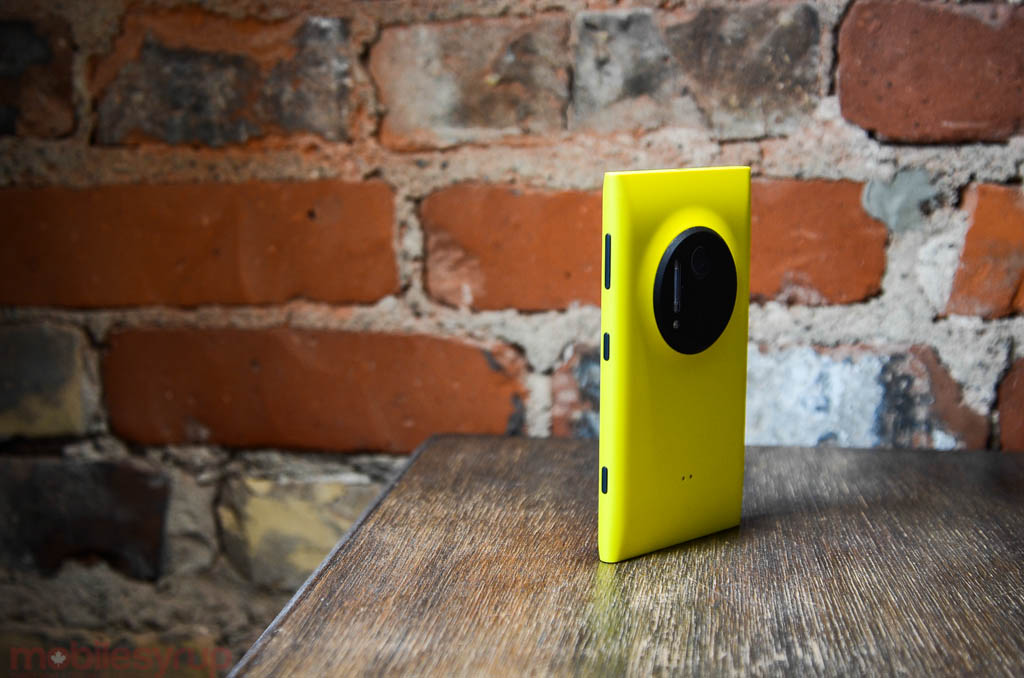
Right now, it’s fairly easy to cross-develop and app for both Windows Phone 8 and RT. But the two operating systems, from a sales and marketing perspective, are completely different, and it’s fair to say that most consumers see RT as a sibling to Windows 8, not Windows Phone.
But Julie Larson-Green, Microsoft’s head of Devices & Services, says the era of three distinct versions of Windows is coming to an end. Though Microsoft is heavily promoting RT as a battery- and price-friendly version of its larger Windows product, without all the troubles derived from legacy apps like viruses and inconsistent UI, the market has largely rejected the idea. Most OEMs, from Dell to Asus, have dropped Windows RT in favour of combining low-cost Intel Atom chips with the full version of Windows 8. Devices like the Asus Transformer Book T100, which uses Intel’s Bay Trail chipset, run for the same length of time on a charge and aren’t limited to apps from the Windows Store.
Microsoft has hinted before that, eventually, Windows Phone and RT would become a single OS, much like iOS and Android have separate layouts for tablets and phones. With the release of Windows Phone 8 GDR3, the mobile OS supports 1080p screens and quad-core chips, so designing games and high-performance apps that cross over from small to big screen have become even easier.
Larson-Green told an audience at the UBS Global Tech Conference last week, “We have the Windows Phone OS. We have Windows RT and we have full Windows. We’re not going to have three. We do think there’s a world where there is a more mobile operating system that doesn’t have the risks to battery life, or the risks to security. But, it also comes at the cost of flexibility. So we believe in that vision and that direction and we’re continuing down that path.” In other words, the ability to combine operating systems is not there yet, but it’s coming — and soon.
Another Microsoft employee told The Verge that “fun things” are coming in Windows Phone 8.1 early next year, though whether they amount to more than merely a notification centre remains to be seen. With Windows Phone 8 filling popular app gaps like Instagram, Vine, Flipboard, Path, Mint and others in recent months, and Nokia finally being rolled into Microsoft’s Devices & Services division, Microsoft is moving with momentum in the mobile space. Now, it just has to turn that success into market share and profit.
The sooner Microsoft can consolidate Windows RT and Windows Phone, the better; not only will it reduce confusion over the limitations of the ARM-based OS — if it is aligned with phones, consumers might better understand the “boxed-in” nature of its app ecosystem — but it will let developers truly write once, deploy everywhere.
Redmond is looking to the Surface 2 as a showcase product for Windows RT, and from my initial tests it seems to have a winner. Still, Windows Phone is arguably the more important of the two products, and 2014 will be the year that Microsoft will prove whether it can really compete with Apple and Google in the mobile space.
[source]Microsoft[/source]
MobileSyrup may earn a commission from purchases made via our links, which helps fund the journalism we provide free on our website. These links do not influence our editorial content. Support us here.


